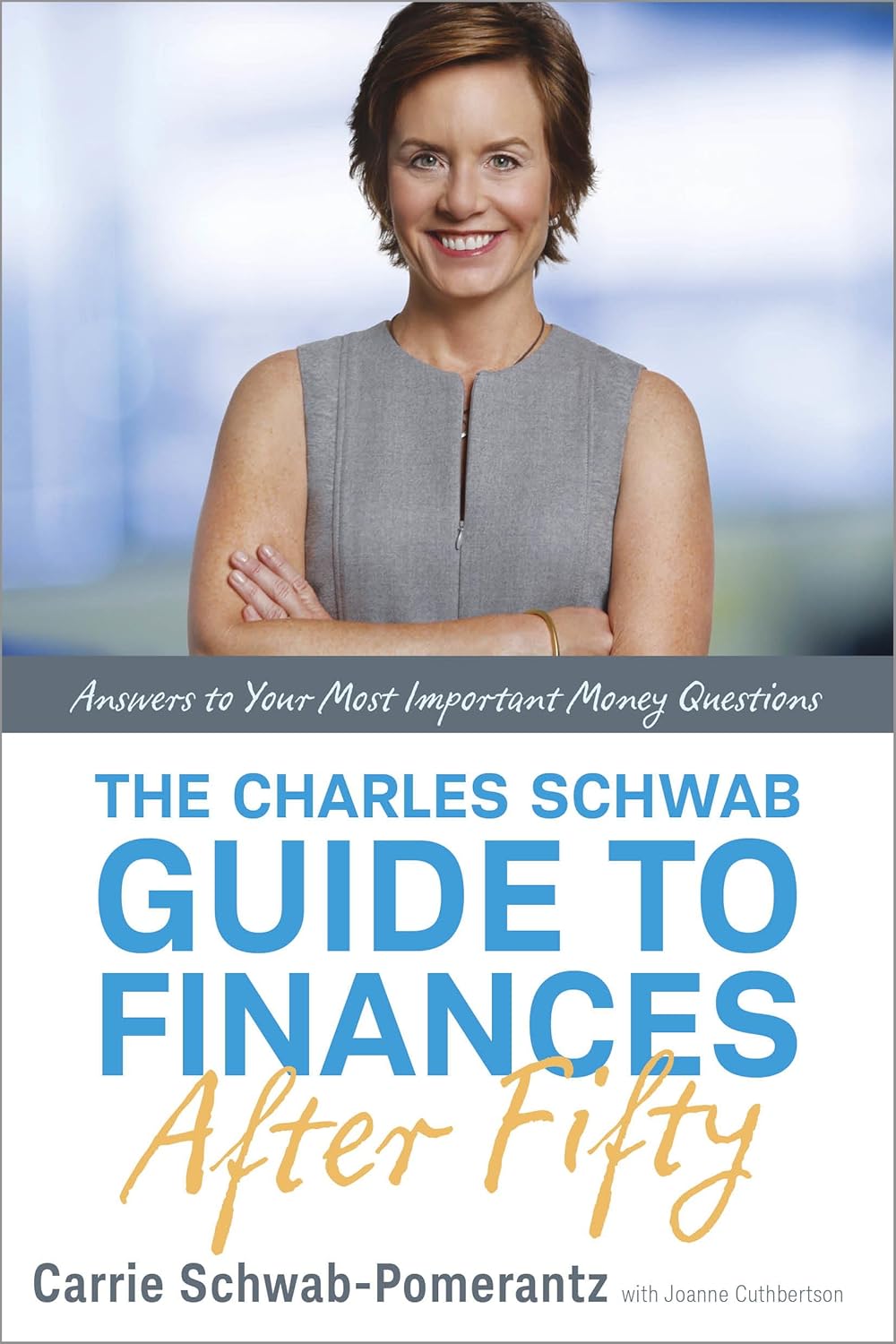The big financial news here this quarter is that I got the major portion of my inheritance. Figuring out what to do with this windfall was what got me researching financial topics, and, eventually, writing this blog. However, in perusing financial blogs, it seems that all the cool kids update readers quarterly on their progress (or lack thereof). For some reason I'm not interested in putting exact (or even close) numbers about my net worth out here for anyone in the world to read. However, I will give you some information.
HD Vest:
This is the account we have with a finanical planner. It is invested in a diverse portfolio of mutual funds, and is up 1.2% for the quarter. We have not added any new money to this portfolio, as we pay the advisor a percent of assets under managment and right now, we aren't convinced this is the best place for our money. While most of this money is in IRAs, there is a taxable portion that, if we decide to move it, will be taxable, so that further discourages further investment until we decide whether or not to stay with the advisor.
My 401(k):
This is a major portion of our assets and is invested in a diverse mutual fund portfolio. About 35% of it is in a bond fund, 65% in four different stock funds. At the end of the quarter, the price appreciation was about 3%. I save 16% of my income and the firm gives me 5% of my pay.
My husband's 401(k)
My husband saves 5% of his pay, and his company gives him 3%. It is a relatively small accout and is invested in a growth stock mutual fund. It grew about 1% this quarter.
Our Roth IRAs:
These are invested in Vanguard's 500 Index Admiral Fund. They are up about 1%. We are taking $1000 per month from our savings account and adding it to these accounts, the goal of maxing them out this year and next year.
Lending Club:
My inital foray into peer-to-peer lending was via Lending Club. I made an initial investment in July, added more money in August and then added even more in November, February and March. My initial investment was placed in conservative notes, aiming for safety rather than yield. I was more aggressive with the money I invested in August, November and February. In March, the money we put in was money for which we have plans within a few years, therefore I invested it conservatively. Right now, Lending Club lists my annualized return, adjusted for expected losses, as 10.1%. The IXRR calculator shows my annualized return as 6.88%. Lending Club computes the returns based on invested money only; IXRR takes into account that especially after you add a large sum of money to the account (like I have for the last two months), a good part of your money isn't earning any return; it is going through the process of being invested. It took over a month to get the money I deposited in February fully invested. At this time 1.6% of my loans are overdue. If I assume that I will lose all of that money (and Lending Club's statistics say that is an overly pessimistic view) it brings Lending Club's computation of my annualized return down to 6.68% and the IXRR return down to 4.26%.
Prosper:
This is another peer-to-peer lender. I invested money in November, February and March. The money in November and February was invested agressively; that from March, conservatively. Right now, Prosper shows my annualized returns as 15.15%, but that is not adjusted for late notes, and Prosper cautions that rates on notes less than ten months old may not be meaningful. In short, those notes have not had time to default, but may be on their way there. Right now 1.3% of my notes are overdue. My IXRR return is 10.9% without taking late notes into account. Assuming all that are late will be lost, my IXRR return is 4.42%.
Motif Investing:
This is part toy, part investment. I deposited $5,000 to invest in stocks. So far I've invested $1,000 in a "motif" or group of stocks that have a high dividend yield. So far the motif is up but I've only owned it a couple of weeks so it is only up $5.72. I'm still looking for the right place for the other $4,000.
Conclusion:
The only non-inheritance money we were able to invest this quarter went into our 401(k)s but we did not have to use our savings for anything, so I count that as a win. That may not hold for the second quarter as we have car insurance and summer camp to pay for, neither of which is cheap. Using the eyeball method of averaging, it looks like our investment returns overall were about 2% this quarter, which, while it won't make us rich, is a good steady return.


